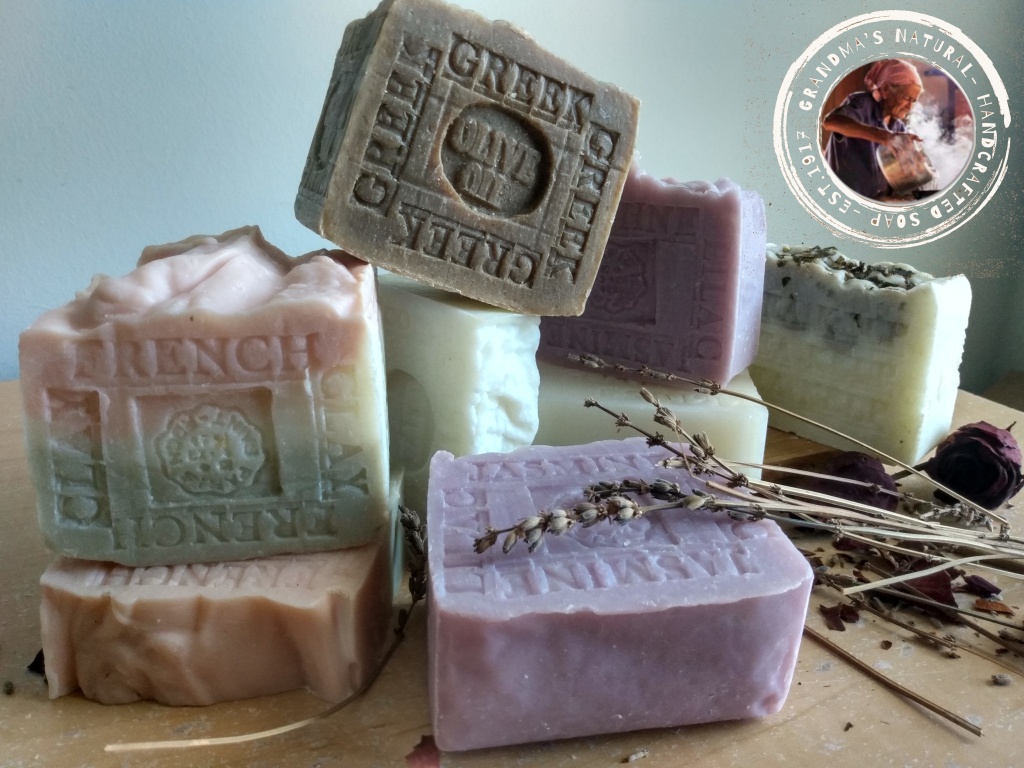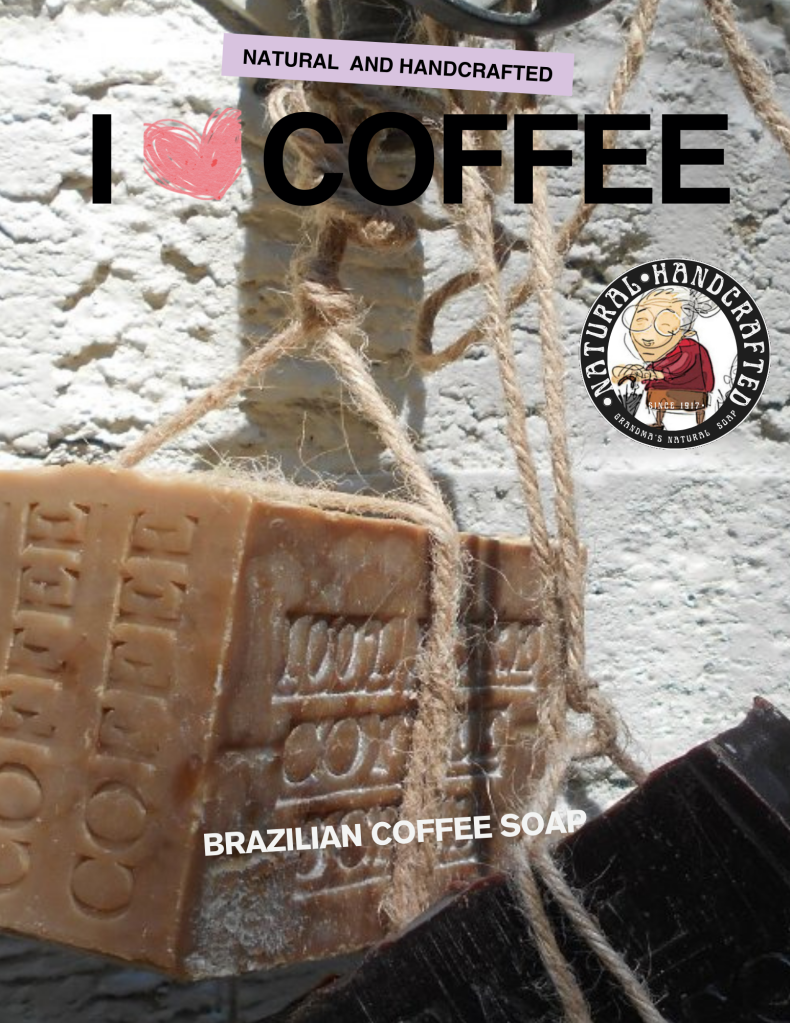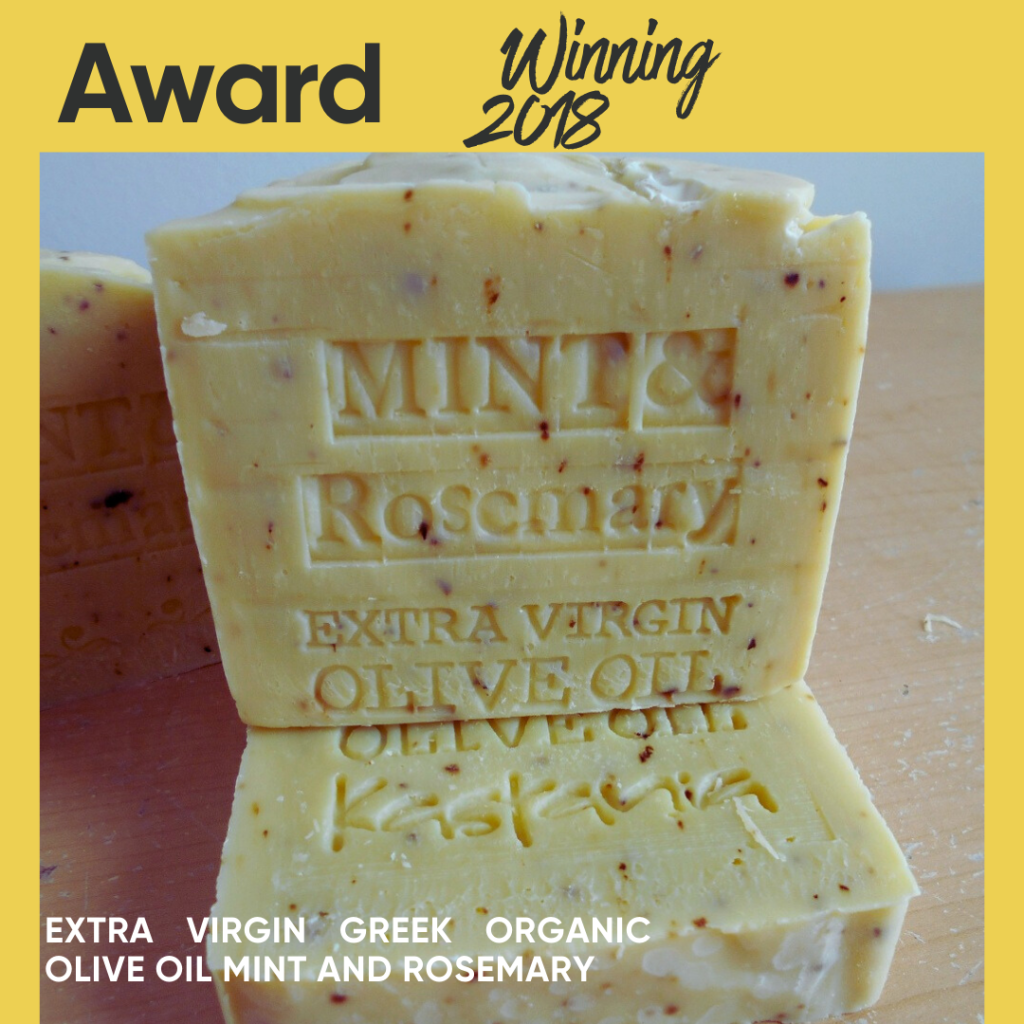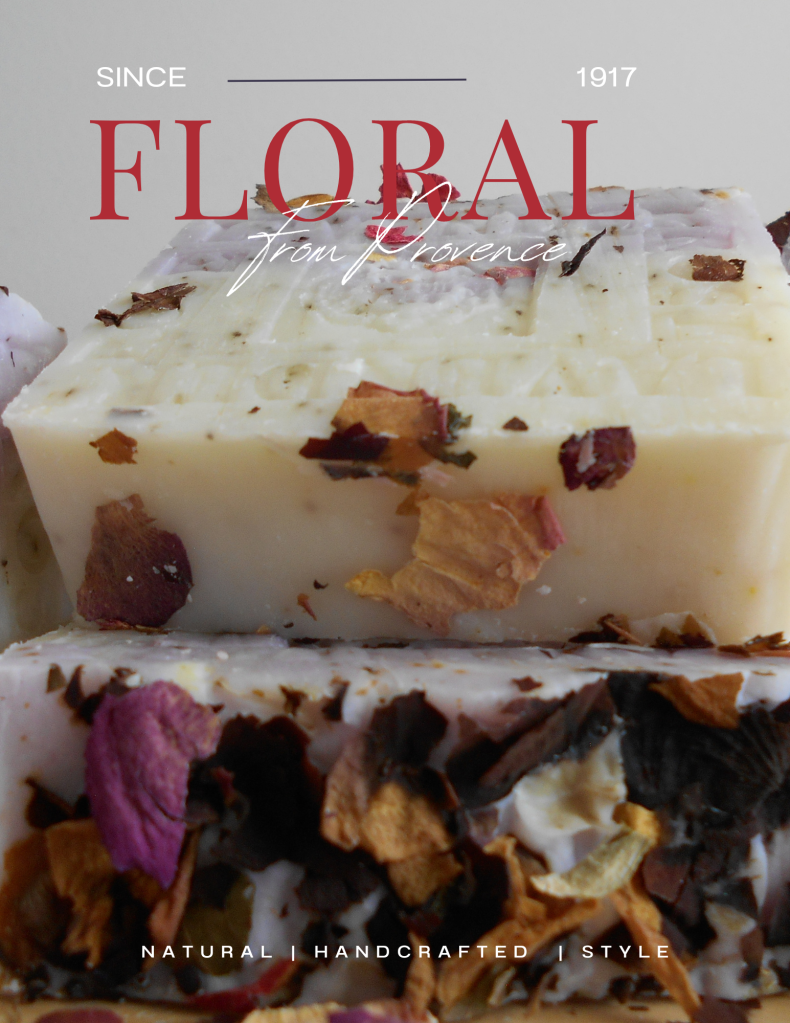The Age of Soap… how old is the soap you just got? Day? Week? Year?

Check more at Natural Handcrafted Soap Aged Bar’s limited edition.
We make “Cold Process” soap, The type of soap my grandma used to make (commonly referred to as “CP” soap) Made from scratch in small batches It is made by combining oils, herb, flowers, butter, clay ingredients .
Find here Natural Handcrafted Soap Company or Grandma’s Natural Handcrafted Soap
Handmade soap is a cleanser made with simple ingredients that are good for your skin. In the handcrafted soap-making process, oils and fats are combined with homemade lye to produce better soap and glycerin. Some people may question the use of lye in handmade soap. The fact is that all soap is made with lye. What needs to be made clear is that once the process of saponification is complete, the lye and oil molecules have combined and chemically changed into soap and glycerin. ALL bar soaps are made with lye, however, when made correctly, there is NO LYE remaining in the final bar of soap. Whether your soap is manufactured by large corporations or smaller handcrafted soap makers, the above rings true, regardless. Lye must be used to make the soap, but there should never be any remaining lye in the final bar to hurt the skin. Saponification is the chemical reaction created by combining these oils or fats with lye and water.
Saponification is a chemical reaction that takes place when oil is mixed with an alkali solution, such as sodium hydroxide (lye), water & oils or butters. In other words, the oil and lye combine to make soap. When the proper amounts are used at the proper temperatures, all of the lye and oil are consumed by the reaction and only the soap remains. Generally, slightly more oil is used resulting in a soap that is more moisturizing for the skin and ensuring that all of the lye is used up in the curing process.

Kona, Brazilian, France, Soaps Large Aged Bars are cured at the list for 12 months at a time…
The resulting reaction creates soap and glycerin. Soap cleanses the skin while glycerin moisturizes it. Many of our handmade soaps also contain butter and other oils to increase the moisturizing effect of the soap herbs and other natural items for an exfoliant.

Once the soap has set, it is hand-cut into blocks, stacked in a pile with all the other bars of soap, and left to cure for months to a year – just like cheese or red wine. The end product is a dense, long-lasting soap, that has good moisturizing properties. It is good for all skin types. It is so versatile that it makes excellent body and face soap, shampoo bars, shaving soap, regular soap, and shower soap, and is even good for hand washing.

Usage and Storage
Since handcrafted soap has no synthetic chemical preservatives but natural preservatives such as grapeseed oil extract or Vitamin E, your bar of handcrafted soap needs more care and diligence to ensure a long life. Handcrafted soap is best stored out of water so that it air dries. Rest your soap on a draining soap dish or stand it on its side, out of the spray range of the shower head. If left in water, handcrafted soap tends to dissolve due to the soap and glycerin molecules that wash clean with water.
Comments